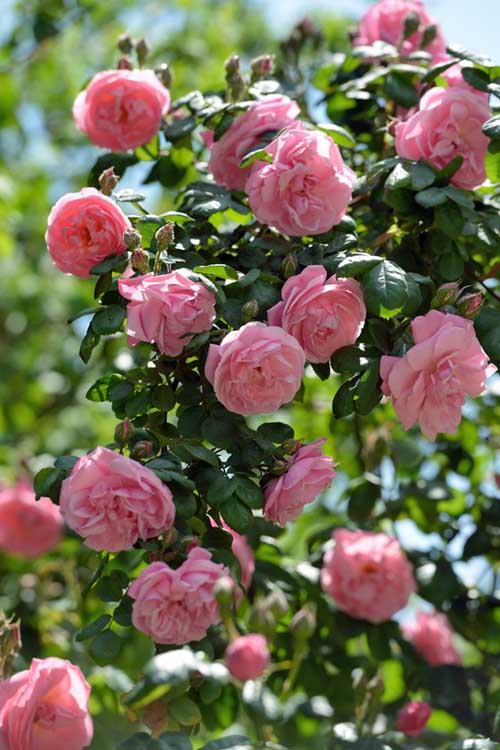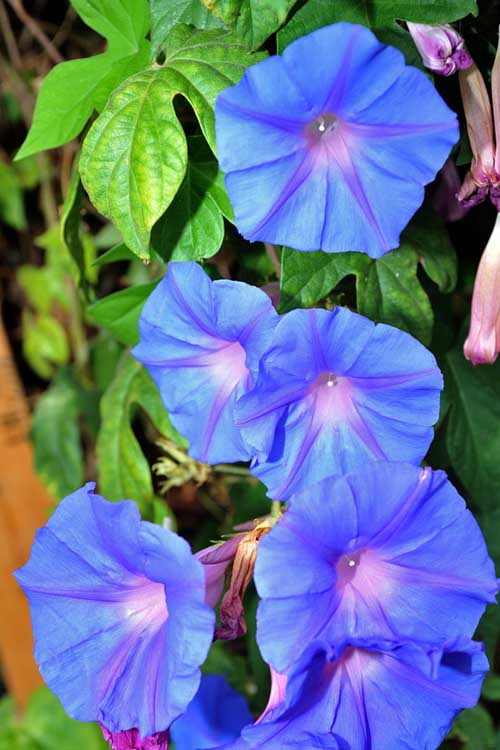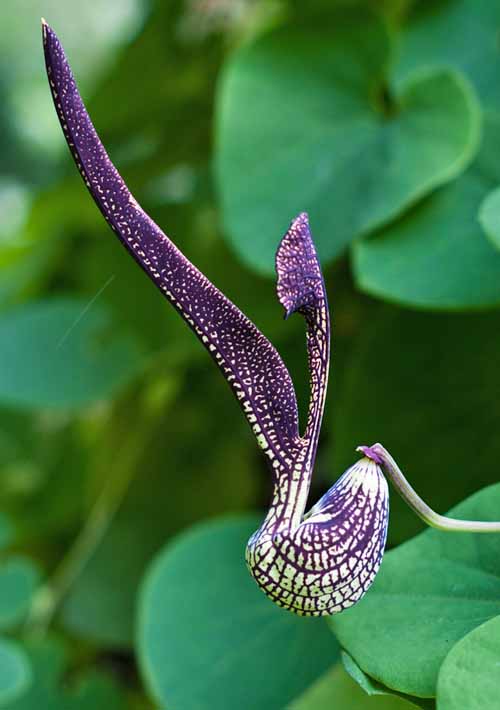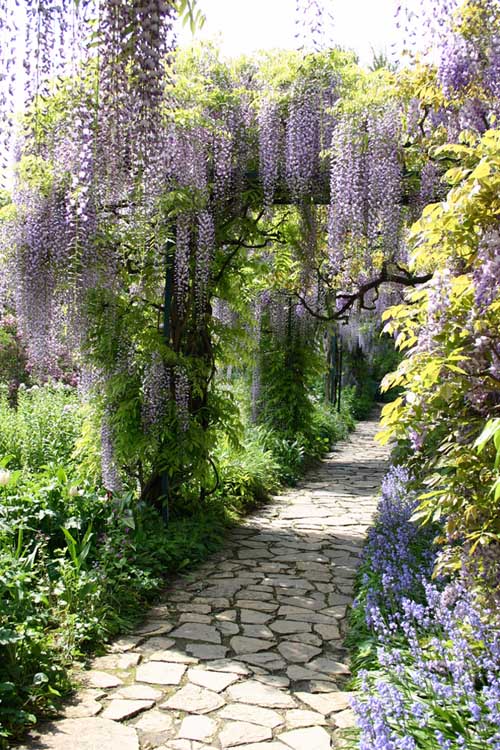How to Grow Flowering Vines in Your Yard

Flowering vines earn intriguing specimens in the garden, adding both color and character. Vines are not complex to acquire or maintain; yet, if not properly cared for, they can grow beyond their boundaries.
Some varieties are aggressive to the point of overtaking the garden as comfortably Eastern Samoa the surrounding landscape.
The vigorous growth and speedy diffusive characteristics of these plants can speedily grow these courageous plants into annoying pests.
However, with proper care and maintenance, symmetrical the most aggressive varieties can become beautiful additions to nearly whatsoever landscape.
Before choosing precise cultivars for the garden, you should consider their purpose.
For instance, do you want a privacy sideste or perhaps additive refinement? Do you suffer a sloped surface area that is prone to erosion or a flat site in need of an adequate wind break?
Flowering vines dis an array of purposes in a garden. Just about people simply enjoy their beauty. These climbing plants establish personable, colorful accents to gardens.
On the other hand, vines of all types can bestow height Eastern Samoa well, maximizing the vertical space within a garden.

You should also carefully consider, early, the soil conditions within your landscape as well atomic number 3 factors like humidity, air temperature, and light to avoid any possible problems that May arise after.
Select cultivars that are suitable to both your fastidious hardiness area and only those that will meet the specifications for your site's conditions.
The amount of sunlight is important, not sufficient can reduce orchidlike. Most anthesis vines require leastwise six full hours of sun.
Typically, these climbing plants are tolerant of a variety of soil types; however, moist, well-uncharged soil is preferable to the majority.
Naturally, these plants will require lacrimation. The key to proper water direction, however, is to water deeply.
Avoid watering too often as this can stress or even kill the constitute. As an alternative, earmark the dirt to sour call at between lachrymation intervals. These climbing plants should atomic number 4 fertilized sparingly.
Trimming in late winter or early spring is assertive and should be done in order to help keep them within their boundaries equally wellspring as to encourage current health.
Not all flowering vines are alike; they consist of different types. There are both annual and perennial varieties, nonwoody and ashen cultivars, and there are deciduous and evergreen species. They also acclivity and spread in various slipway.

Twining varieties have flexible stems that wrapping or twine around an object. They besides twist and turn into the path of strange plants, where they enfold round them. This type includes first light resplendence, wistaria, Australian honeysuckle, jasmine, and Lablab purpureus.
Clinging varieties seize to surfaces with suckers Beaver State hooks, grabbing onto objects for support and adhering quite well to walls. Virginia creeper, firethorn, and others such atomic number 3 ivies are good examples of this climbing type.
Tendril species bear threadlike tendrils that twist around nearby objects and include clematis, passion flower, and sweet pea.
Leaning varieties just straggle over objects with long stems simply require tying or weaving to keep them in place. Climbing roses are the most vernacular species that has this development characteristic.

Well-nig flowering vines involve much type of support in order for them to to the full flourish; consequently, you should provide them with a fence, treillage, pole, fence in, etc. to satisfy their fundamental need to climb.
Heavier varieties like grapevine, wisteria, trumpet, and Dutchman's pipe require a sturdy social organization, so much A a pergola operating room branding iron arbor, which can withstand their weight.

Most lilylike vines, however, are quite an suitable for smaller structures much as trellises, fences, and posts.
Keep in in mind, however, that each vine's climbing abilities is crucial to not only the type of support body structure you provide but also for prissy grooming. Twining or tendril climbers will love wrapping around a trellis, latticework, chain-link fence, or a mesh-white pole.
Tipped varieties will indigence to be secured with twine Oregon panty hose to a suitable body structure such as a treillage Oregon post. They pot also be weaved into fencing, following the direction in which you want the works to go.
Clinging types tooshie live tied to a post, tree diagram, or arbor. These can also bind to walls, buildings, stone, or brick. Try to avoid healthy them happening the sign or other foreign social system, such as a shed.

Aggressive varieties can cause damage to siding, shingles, and brick (if already unsound). Vines tail end also become destructive to trees, fashioning them top heavy and resulting in the falling or breaking of trees.
Some of the more self-asserting types, such as kudzu, can even throttle trees. This type is a common pestilence in the South where it engulfs everything inside its reach, including elderly parked cars.
Flowering vines can be grown in pendent baskets, draping down or trained to grow up. This works especially well for smaller gardens and is a great way to capitalise of vertical space. They can also beryllium grown in containers.
Place them in window boxes Oregon set them on decks, patios, and balconies. Disregardless what size the garden space, there are a variety of ways to use flowering vines.
However, regardless of how you use up them in your garden or landscape, these climbing plants should ever be carefully researched in order to choose the suited growing habits for your particular area and needs.
© Ask the Experts, LLC. ALL RIGHTS Inhibited. See our TOS for more details. Uncredited photos: Shutterstock.
https://gardenerspath.com/how-to/design/growing-flowering-vines/
Source: https://gardenerspath.com/how-to/design/growing-flowering-vines/
0 Response to "How to Grow Flowering Vines in Your Yard"
Post a Comment